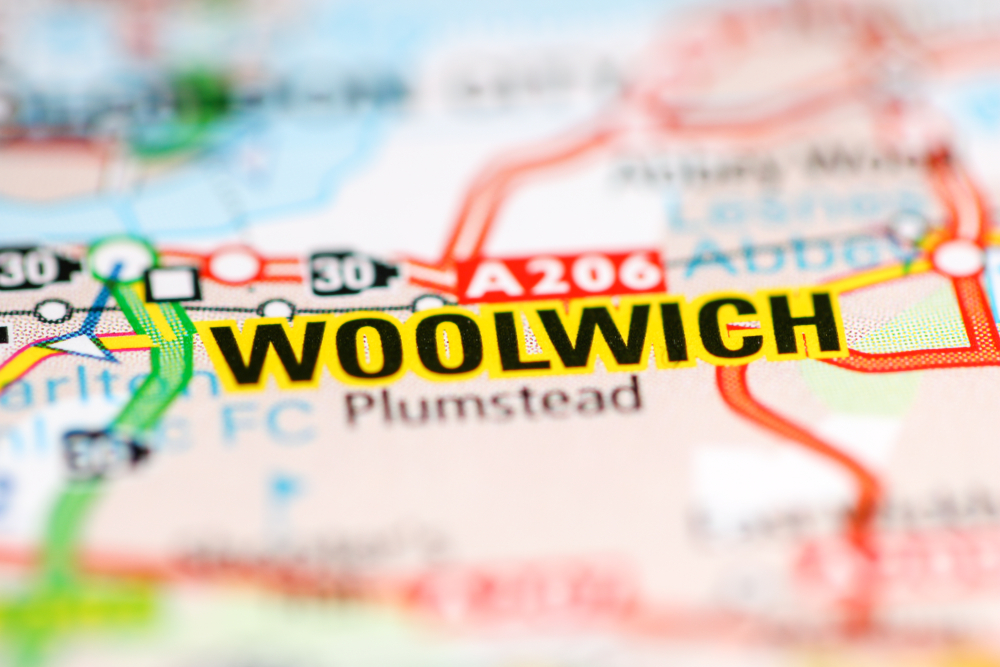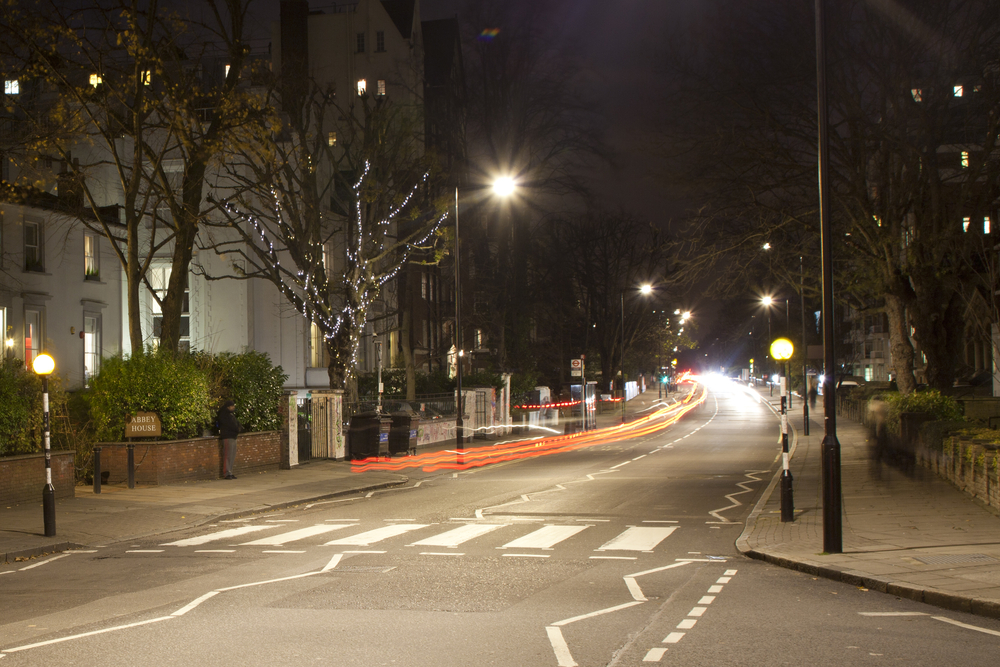Location Overview – Woolwich is a district in southeast London, located within the Royal Borough of Greenwich. It has a rich military and maritime history, having been home to the Royal Arsenal, which played a key role in British defence and munitions manufacturing for centuries. In recent years, Woolwich has undergone significant regeneration, with new housing, retail developments, and improved public spaces. The area benefits from excellent transport links, including National Rail, Docklands Light Railway (DLR), and the Elizabeth Line, making it well-connected to central London. Woolwich is also known for its cultural diversity and growing arts scene, contributing to its vibrant community atmosphere.

Our Range of Courses available in Woolwich:
Our tailored driving courses include a variety of formats, including:
* Company driver training – for van and car drivers in your fleet
* Young drivers – Confidence-building sessions for younger or newly qualified drivers
* Pre-court driving courses – speeding and other pending convictions.
* High-powered vehicle training
* Confidence driving courses
* Motorhome confidence courses – Focused training to build confidence driving larger leisure vehicles
* Advanced and defensive courses – bespoke to your needs
* Motorway confidence training – Helping drivers feel safer and more in control on motorways
* UK Familiarisation – for drivers new to the UK
We provide full UK coverage and come directly to you. All training is delivered in your own vehicle and is fully tailored to your individual needs, whether you’re a business or a private customer.
Bespoke Driving Course Content:
Although the courses we offer are very different, there are still some generic points we include; the key difference is how we deliver them to the client. For example, boosting confidence for a young driver will look very different to boosting confidence for a driver with 50 years of experience.
Below are some of the common things we look at and develop during our driver training sessions.
Core Driving Skills
* Enhancing anticipation and forward-planning abilities
* Developing greater speed awareness and control
* Learning to better anticipate the actions of other road users
* Practising essential manoeuvres with confidence and precision
Safety & Hazard Management
* Mastering safer driving techniques across motorways, rural roads, and urban environments
* Building skills for driving safely in adverse weather conditions
* Recognising different types of skids and knowing how to respond effectively
Driver Awareness & Behaviour
* Improving driver mindset and attitude behind the wheel
* Understanding the causes of road rage and how to manage emotional responses
* Deepening knowledge of road rules and driving regulations
Efficiency & Environmental Awareness
* Adopting more fuel-efficient and eco-friendly driving habits
The personalised nature of our training means we can vary the time we spend on specific points. It all depends on the driver and what’s best for them.
Duration Overview – What’s Best For You?
Our UK-wide courses are available for both van and car drivers. Below is an overview of the different duration options:
3.5hrs – This is the shortest course option in our range. It can be ideal for companies training two or more drivers. So a full day is split into 2 x 3.5hr. It’s also useful for those who feel they only need a half-day session to address their needs.
2 x 3.5hrs – This option is beneficial for those who can’t commit to a full day and prefer to extend the training over two sessions for a better learning experience. Often, drivers are given tasks to do between sessions to practice what was covered, which helps the overall learning experience. This course is popular with private clients.
7hrs (Full Day) – A full-day course is more cost-effective than two separate 3.5-hour sessions and is ideal for those with little time. This is a great option if your company has requested the training or if you simply feel a full day works better for you. We also offer the option to split a full day into AM and PM sessions for business clients.
Longer Courses (For individuals with specific driving challenges or those who haven’t driven in a while, we offer longer courses that can be spread over several weeks. These options are ideal for those needing more in-depth training to address deep-rooted issues, especially those who suffer some form of trauma after a road collision. These courses are in 3,4 and 5 x 3.5hr sessions.
Contact us today for more information about are bespoke courses. Either use the contact form on this page or call us.

Our driver training covers a wide range of roads, some of which may include:
The A206 (Woolwich High Street) is the primary east–west route through Woolwich, connecting the Woolwich Ferry to the A2 at the Eltham junction.
The South Circular Road (A205) passes through the southern part of Woolwich, linking the A206 to the A2 at the Eltham junction.
Powis Street is a partly pedestrianised shopping street in central Woolwich, running parallel to the A206 and connecting to Beresford Square and General Gordon Square.
Beresford Street and Plumstead Road form the eastern and western sections of Beresford Square, a key area in Woolwich’s town centre.
Woolwich New Road runs parallel to the A206 and is accessible only for buses, providing access to Beresford Square and General Gordon Square.
Road Safety – Risks and Hazards in Woolwich
While specific data on the most dangerous roads in Woolwich is limited, certain roads in the surrounding areas of southeast London have been identified as accident hotspots. For instance, Woolwich Road, which runs through parts of Woolwich and Greenwich, has been highlighted in discussions about dangerous roads in southeast London. Residents have expressed concerns about speeding and the need for improved safety measures on this road.
Additionally, the South Circular Road (A205), which passes through the southern part of Woolwich, has been noted for its traffic volume and complexity, potentially contributing to accident risks.
While these roads are not officially listed among the most dangerous in London, local concerns and traffic patterns suggest they may warrant increased attention for safety improve
